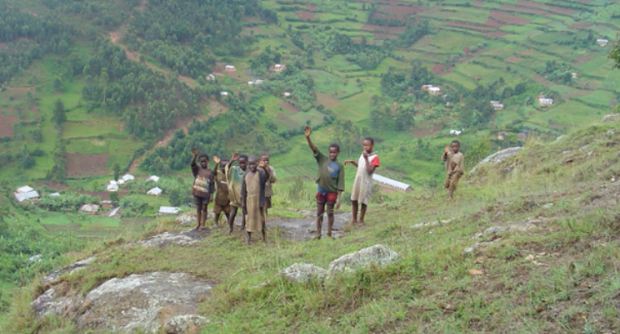
2017 was the 30-year anniversary for the FDA approval of 3′-Azido-3′-deoxythymidine (aka AZT, aka Zidovudine) a drug which has name recognition similar to penicillin. Following the fastest approval of any drug in FDA history, nearly 15+ million people have now received it.
I was 20 years old when I stepped into my first lab to study HIV meaning AZT and I share a birthday in trying to combat HIV and for my own research, as much as I try, I always fall back to studying AZT.
Unfortunately, AZT alone only had a modest benefit to those dying of AIDS and by 1990 we knew that failure of this treatment was linked to HIV strains resistant to the drug. One might think that this was the last gasp for AZT but it found a second life in HIV treatment when coupled with a new drug, 3TC (lamivudine).
In the same era of more effective combination treatments for HIV, AZT just like a phoenix rising from its own ashes established a fourth revival as the drug of choice for combination treatment in low-to-middle-income countries.
When that dual combination was replaced by more effective triple combination around 1994, AZT was back again with its third life as one of the three “star” drugs that finally brought success and long-term survival for those infected by HIV.
Despite my best attempts over the past 30 years to discredit AZT with its serious side effects of anemia, neutropenia, and neuropathy, it was only replaced in the past decade. 3TC (lamivudine), FTC (emcitrabine), ABC (abacavir), and tenofovir derivatives (TDF, TAF) are now favoured in the “NRTI” drug class as the backbone for treatment for newly diagnosed HIV infected patients. However this is really, only in high income countries (HICs).
In the same era of more effective combination treatments for HIV, AZT just like a phoenix rising from its own ashes established a fourth revival as the drug of choice for combination treatment in low-to-middle-income countries (LMICs) with the big push coming from WHO/UNAIDS and PEPFAR programs. AZT is still one of the most prescribed drugs in the world for HIV treatment due to this heavy use in LMICs.
The issues with AZT
In this article Infectious Disease of Poverty, a fantastic team of researchers describe the problems with using AZT-based treatments in sub-Saharan Africa, a drug still included for combined drug treatment for over 50% of our HIV-infected patients at the Joint Clinical Research Centre.

For years we knew that AZT treatments select for HIV strains that are AZT resistant. The emergence of HIV drug resistance is observed with every drug in patients who stop taking their medication. However, unlike resistance to other drugs, AZT resistance is more difficult to detect if a patient has an extended treatment break.
In HICs with steady drug supplies and frequent clinic visits, any break in treatment is typically short and if drug resistance appears, it is typically diagnosed, and new drugs are prescribed to make sure the patient does not progress towards AIDS. In LIMCs and with the continued use of AZT, we have the perfect storm.
Our continued use of AZT and other drugs found to be sub-optimal in HICs should not be used in Africa or anywhere else if there are better alternatives.
Life is more difficult for people in Africa. Their pharmacies often run out of drugs, they commonly hide their drug treatment from their partners and family, they sometimes cannot get off of work to visit the clinic or they just don’t have the money for transportation. There are dozens of reasons why someone stops taking their drugs in Africa and these reasons are often never encountered in Canada or the US. There is one misconception that needs to be dismissed. When supplied with their drugs at home on a regular basis and with full education, these people are more adherent to their treatment than those treated in our rich countries.
Our continued use of AZT and other drugs found to be sub-optimal in HICs should not be used in Africa or anywhere else if there are better alternatives. In trying to extend the donations from rich countries to roll out treatment for the millions, we are now faced with a huge HIV infected population harboring drug resistance. This resistance is difficult to detect and requires more expensive treatments, which will in turn prolong our attempts to reduce new infections worldwide and reduce the rate of survival.
Saying that, the 90:90:90 by 2020 treatment mission of UNAIDS is a noble and important pursuit. Fortunately, there is increased recognition that these worldwide treatment campaigns also need to include the best anti-HIV drugs.
AZT has saved lives for 30 years and we owe so much to Hiroaki (Mitch) Mitsuya, Bobby Yarchoan, Marty St. Clair, Phil Furman, and the hundreds that have helped to provide lifesaving therapy to millions. But now is the time for AZT to take its deserved retirement.
2 Comments